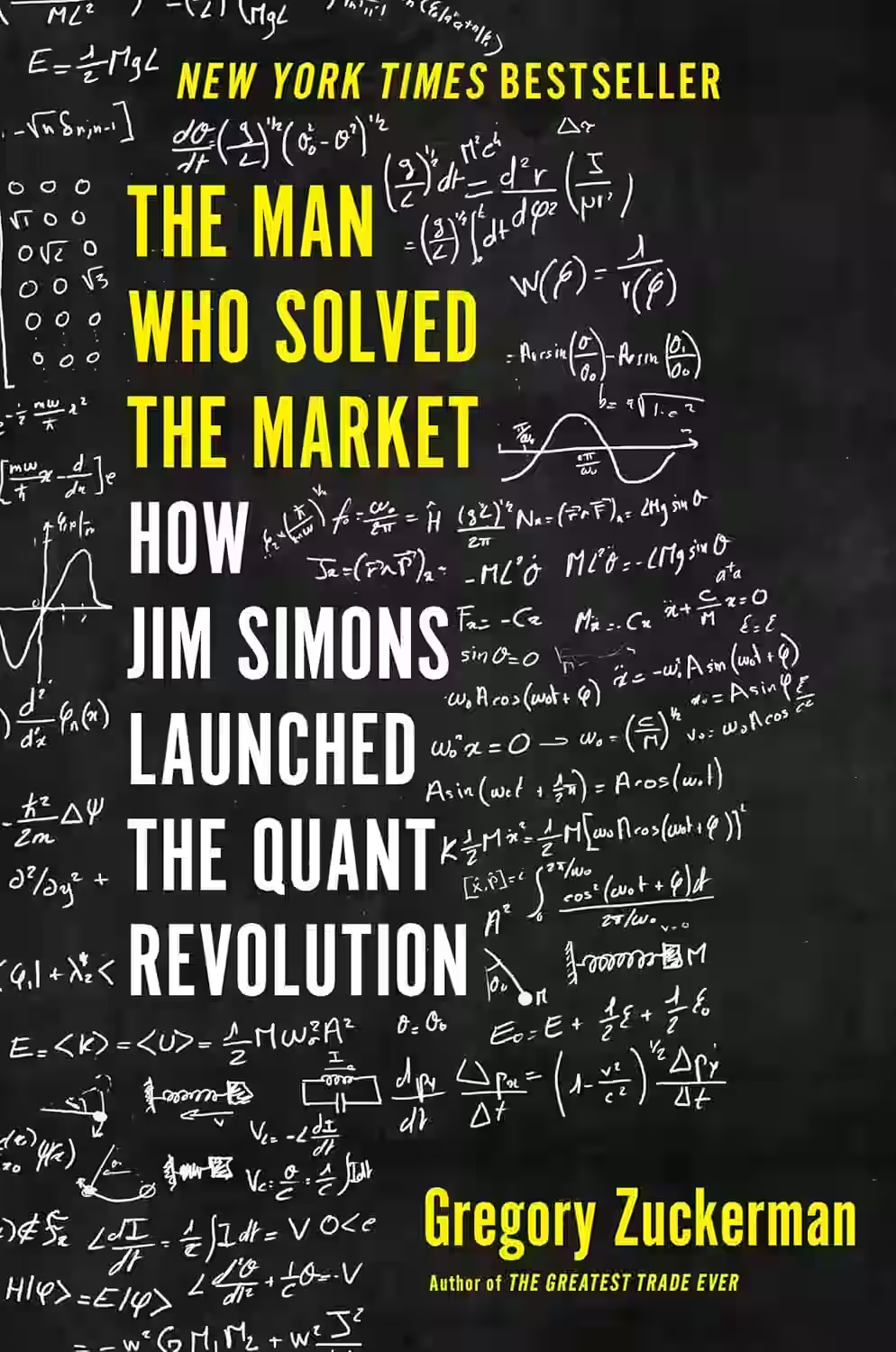
In 'The Man Who Solved the Market', Gregory Zuckerman delves into the fascinating world of finance and mathematics through the lens of legendary investor Jim Simons. The book offers readers a detailed exploration of how Simons revolutionized investing through quantitative strategies at his firm, Renaissance Technologies. Zuckerman delves into Simons' life story, the challenges he faced, and the groundbreaking techniques he employed to outsmart Wall Street. Through meticulous research and compelling storytelling, Zuckerman provides keen insights into the complexities of financial markets and the brilliance of Simons' approach. This book is a must-read for anyone intrigued by the intersection of math and money.
About Gregory Zuckerman
Gregory Zuckerman is a prominent financial journalist and author known for his in-depth explorations of the world of finance and investment. With a background in journalism, Zuckerman has made a significant impact through his acclaimed books. His best-known work, 'The Greatest Trade Ever,' dives into the story of how a group of investors foresaw the looming financial crisis of 2008 and successfully bet against the housing market. This New York Times bestseller showcases his ability to unravel complex financial narratives in a compelling and accessible way. Zuckerman's writing skillfully combines meticulous research with a flair for storytelling, making him a respected figure in the realm of financial literature.
Similar Books
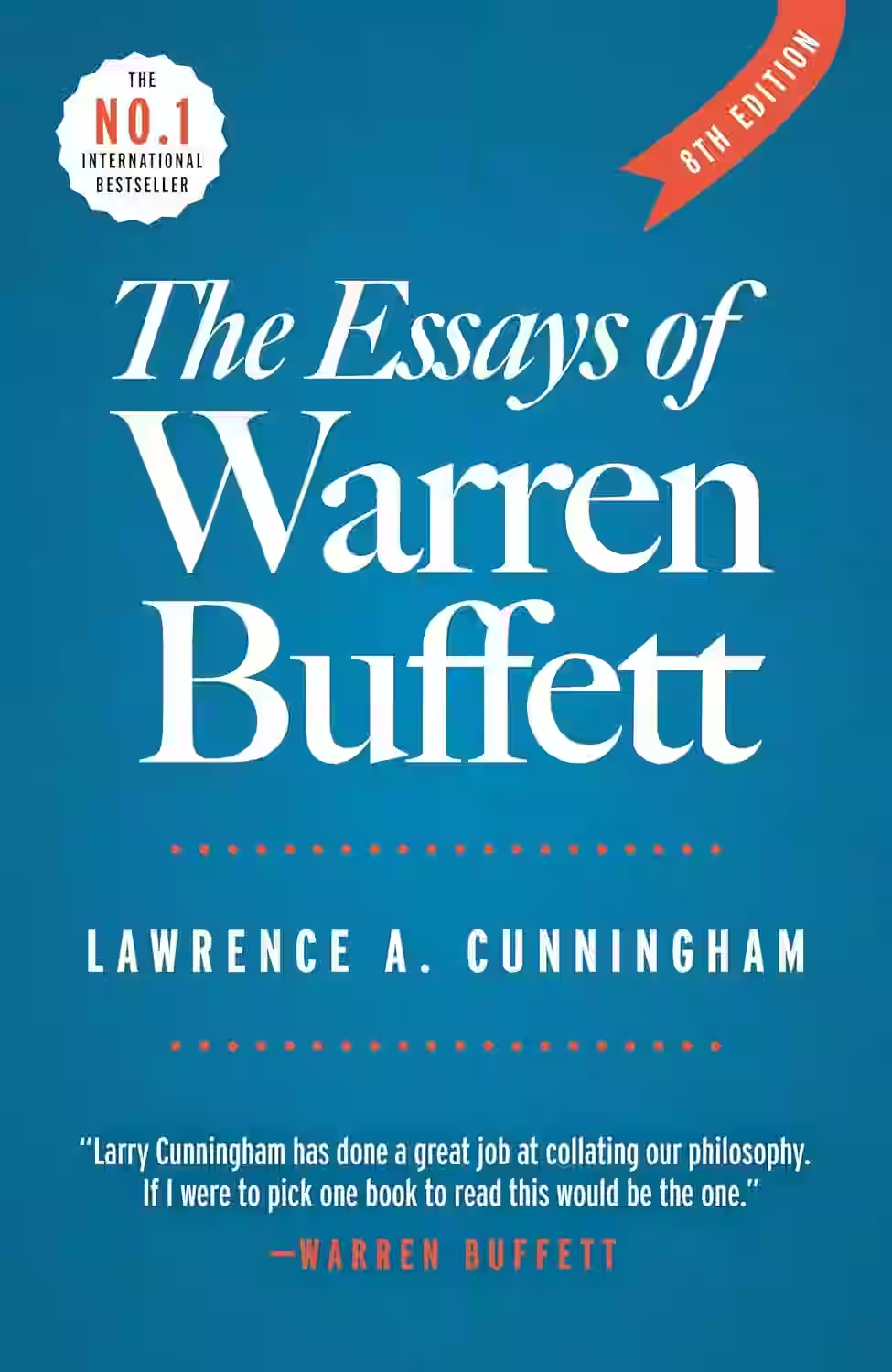
The Essays of Warren Buffett by Warren Buffett
by Warren Buffett, Lawrence Cunningham
In 'The Essays of Warren Buffett,' readers are granted a rare glimpse into the mind of one of the most successful investors of our time. Through a collection of Buffett's insightful essays, the book delves into the fundamental principles that have guided his investment strategies and contributed to his immense wealth. Covering topics such as business valuation, corporate governance, and market behavior, Buffett offers practical wisdom and timeless advice for both seasoned investors and those new to the world of finance. His straightforward approach and emphasis on long-term thinking make this book a must-read for anyone interested in mastering the art of investing.
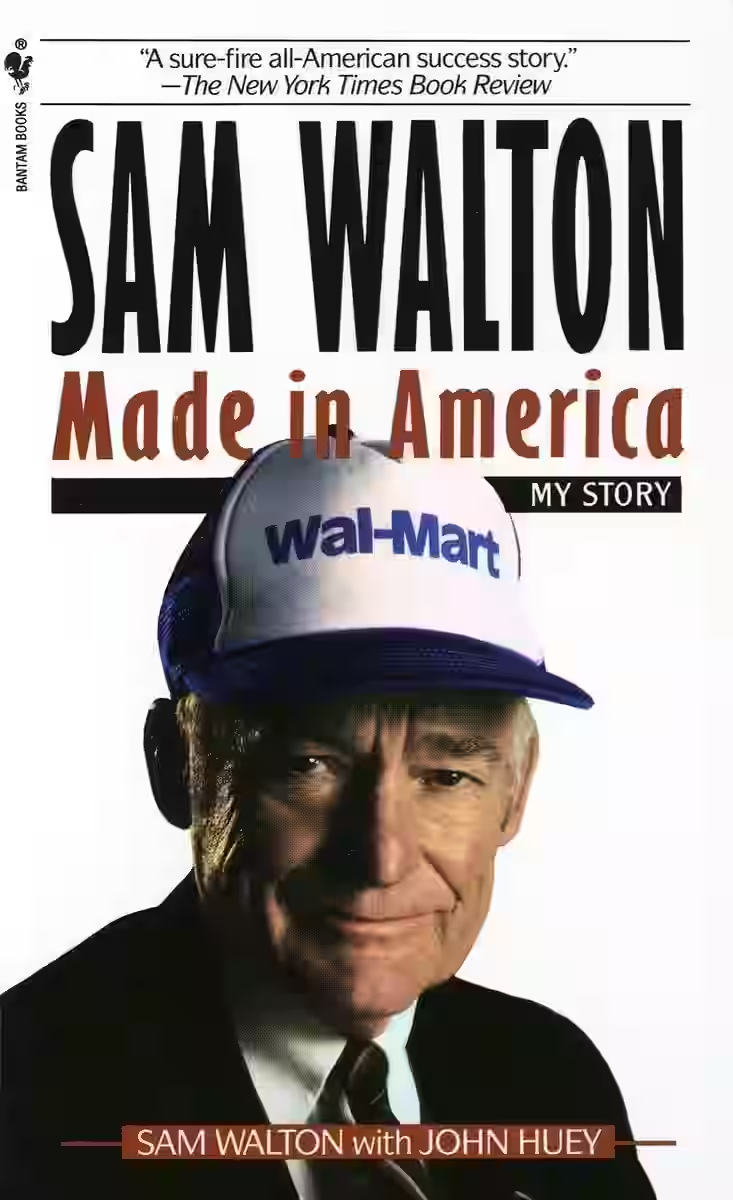
Sam Walton: Made in America
In Made in America, Walmart founder Sam Walton shares the story of building the world’s largest retail empire from a single store in Arkansas. Written in Walton’s own words, the memoir reveals his relentless work ethic, frugality, and obsession with customer satisfaction. He reflects on the principles that drove Walmart’s success, including employee empowerment, aggressive expansion, and constant innovation. Candid and down-to-earth, the book also touches on mistakes and challenges. Beyond a business biography, Made in America is an inspiring account of entrepreneurial vision, small-town values, and the competitive drive that revolutionized American retail.
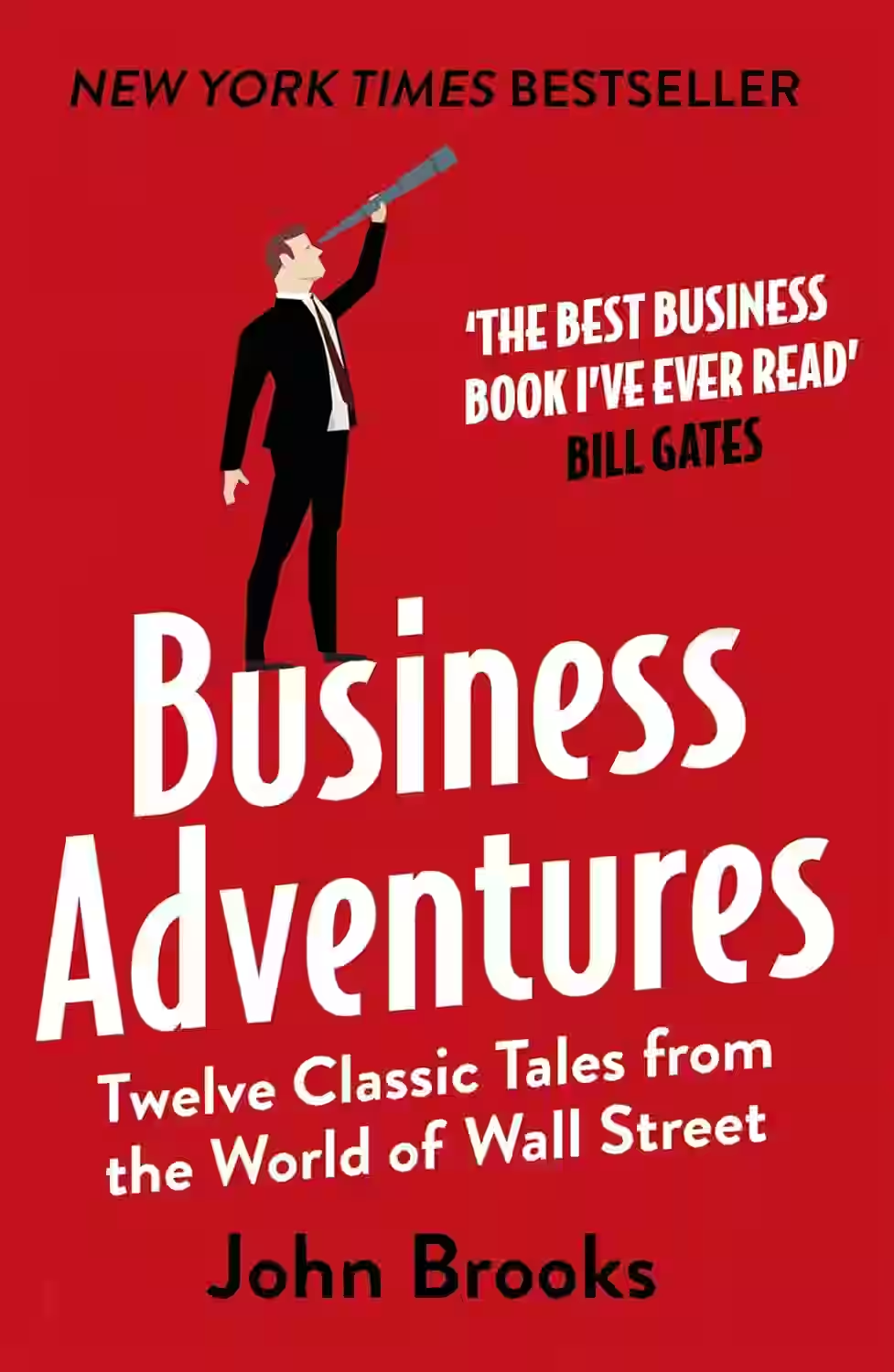
Business Adventures
by John Brooks
In 'Business Adventures,' John Brooks delves into the intriguing world of business through a collection of twelve riveting tales that explore the highs and lows of corporate America. Through detailed narratives of various business events, Brooks sheds light on timeless lessons that remain relevant in today's business landscape. From the rise and fall of giants like Ford and Xerox to the financial intricacies of the stock market crash in 1962, this book offers valuable insights into the essence of entrepreneurship, management, and decision-making. Brooks' storytelling prowess and keen observations make 'Business Adventures' a classic that continues to captivate and educate readers.
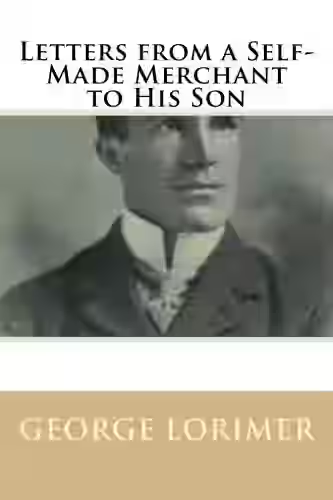
Letters from a Self-Made Merchant to His Son
First published in 1901, this epistolary book presents fictional letters from a successful Chicago pork packer to his college-aged son. Blending wit, business acumen, and life wisdom, the father offers advice on work ethic, integrity, personal character, and money management. Written in a candid and humorous tone, the book delivers old-fashioned common sense that remains surprisingly relevant. It's a manual not just for business, but for becoming a responsible and grounded adult. The blend of fatherly guidance and entrepreneurial insight has made it a classic on both parenting and leadership.